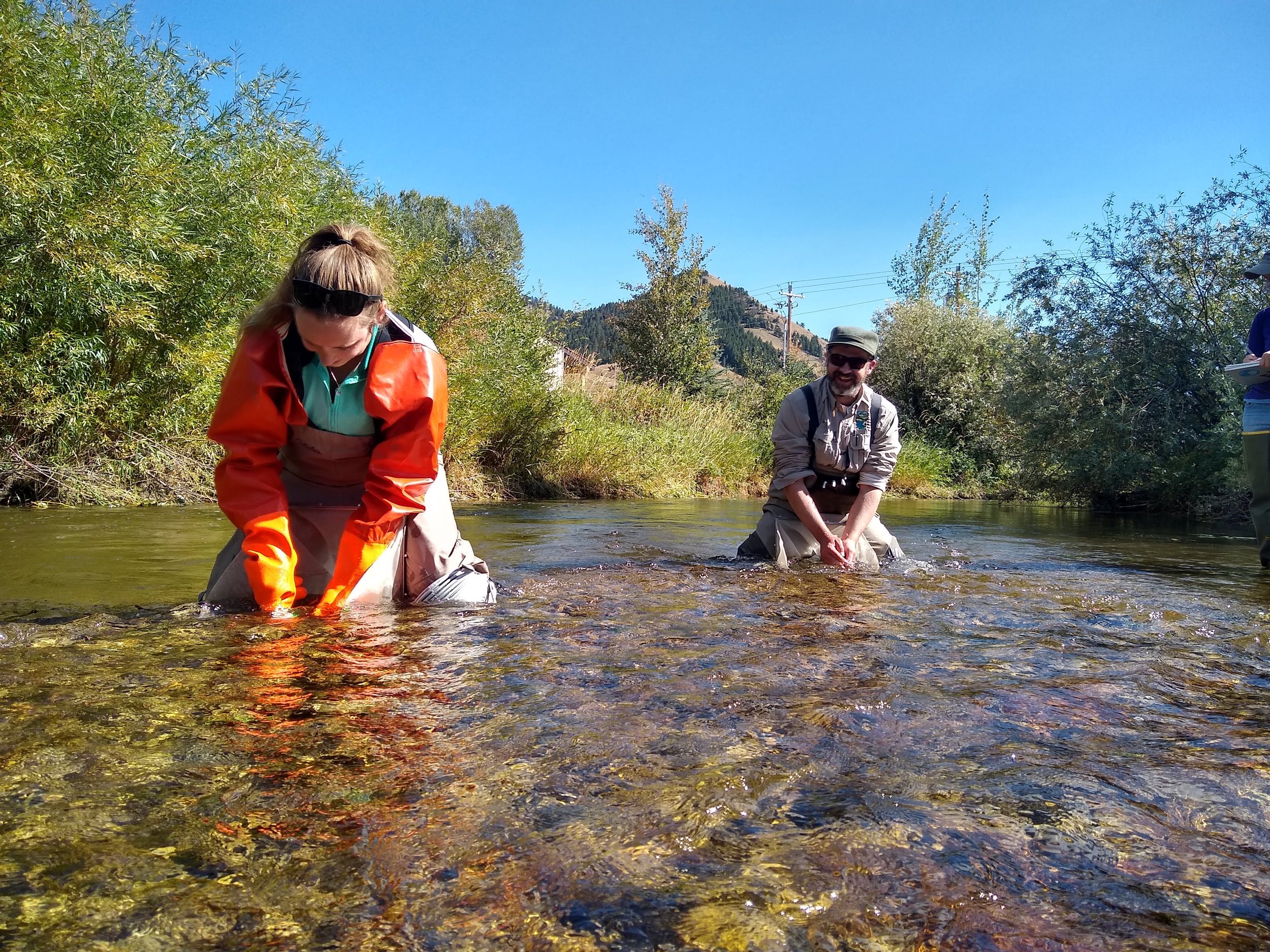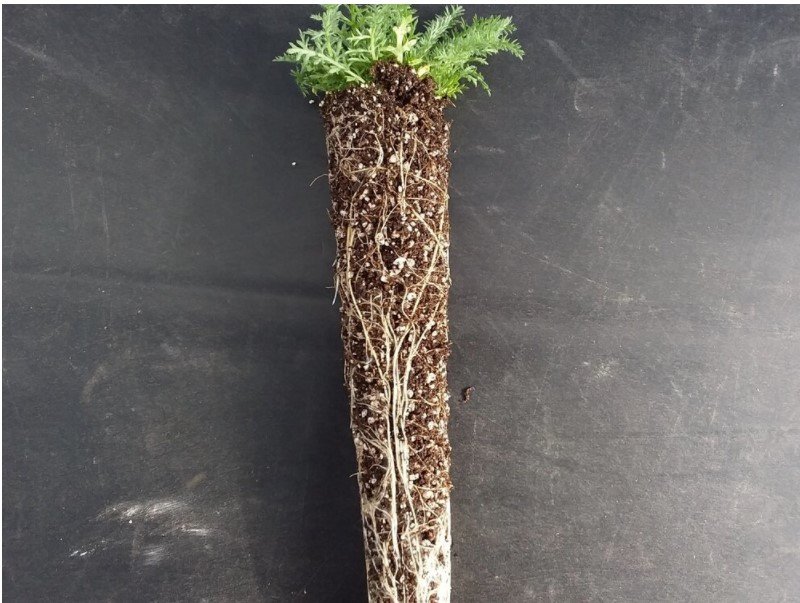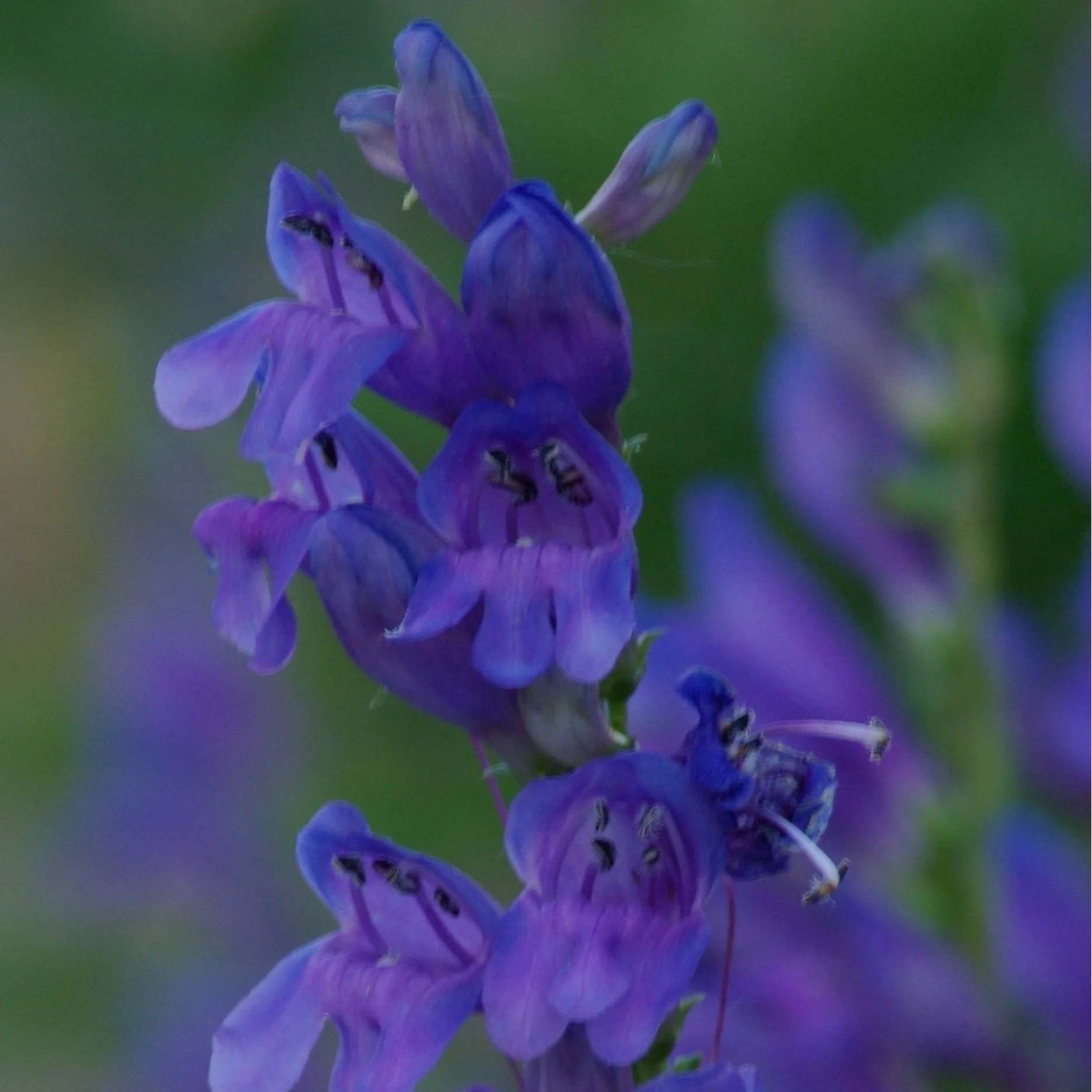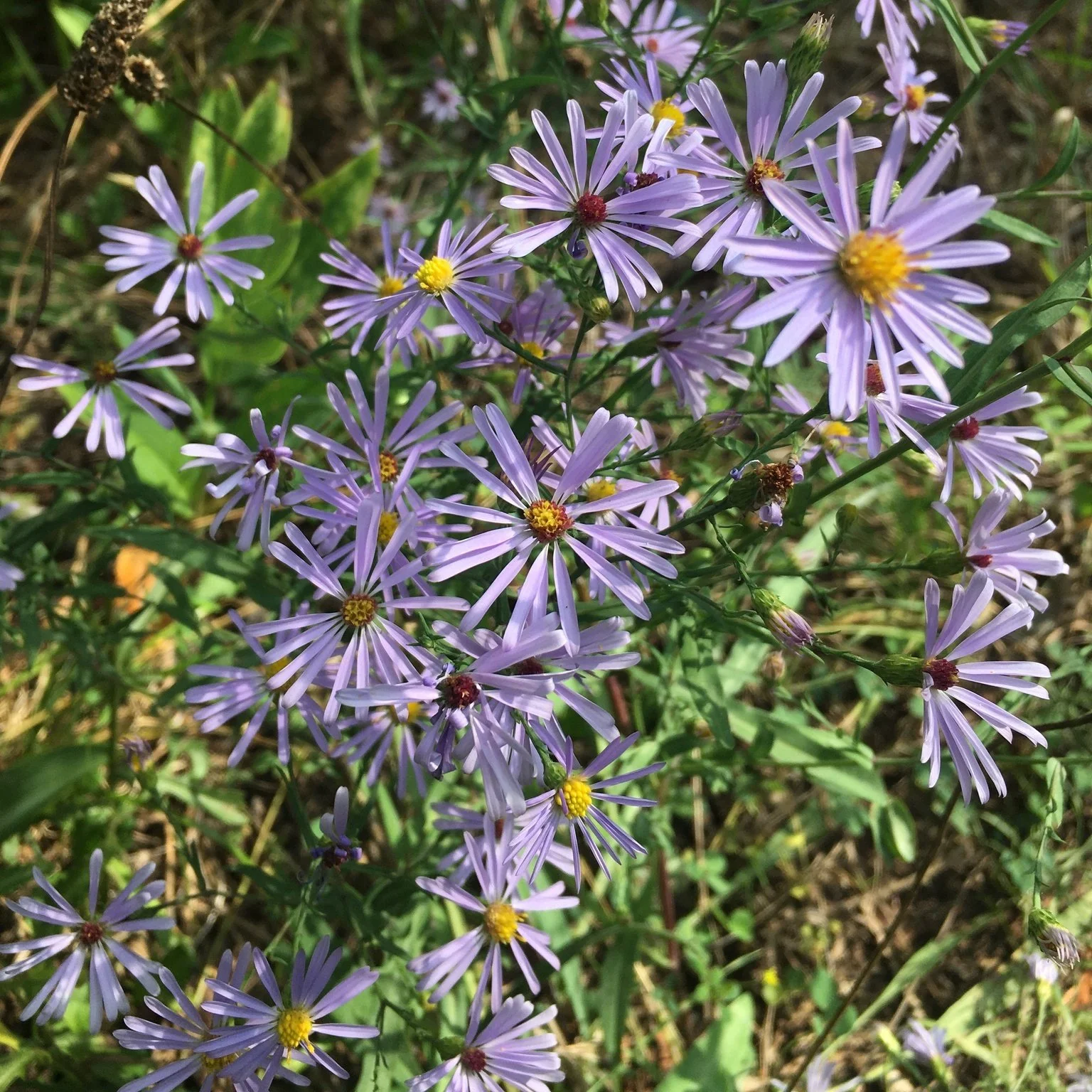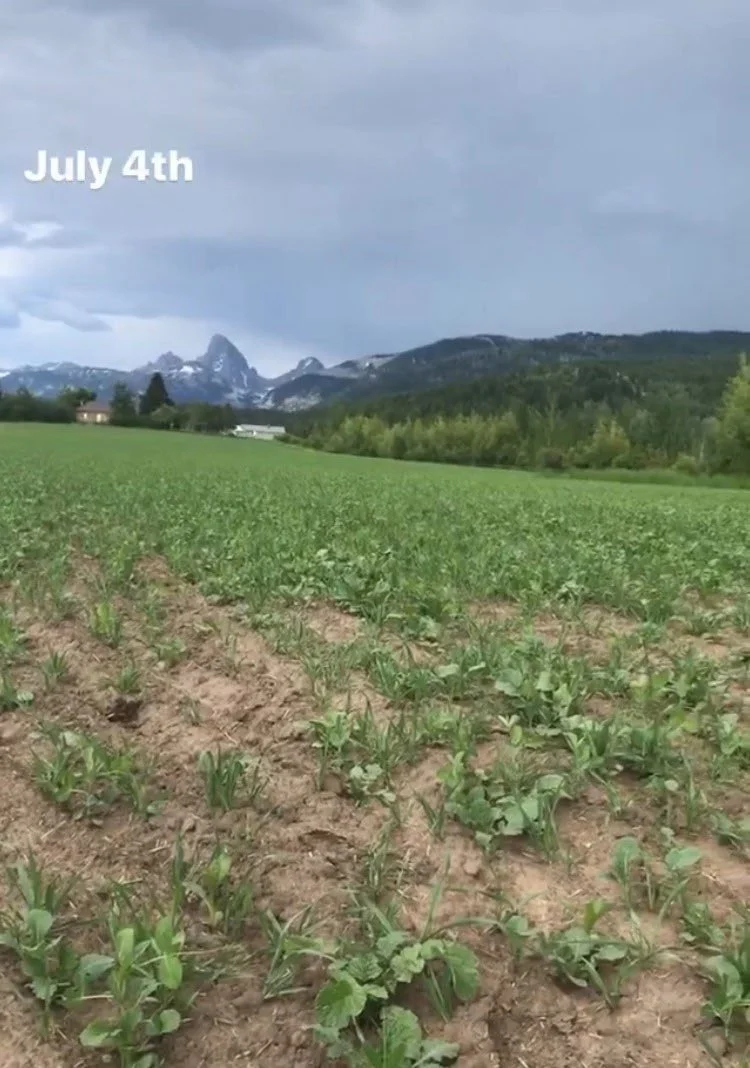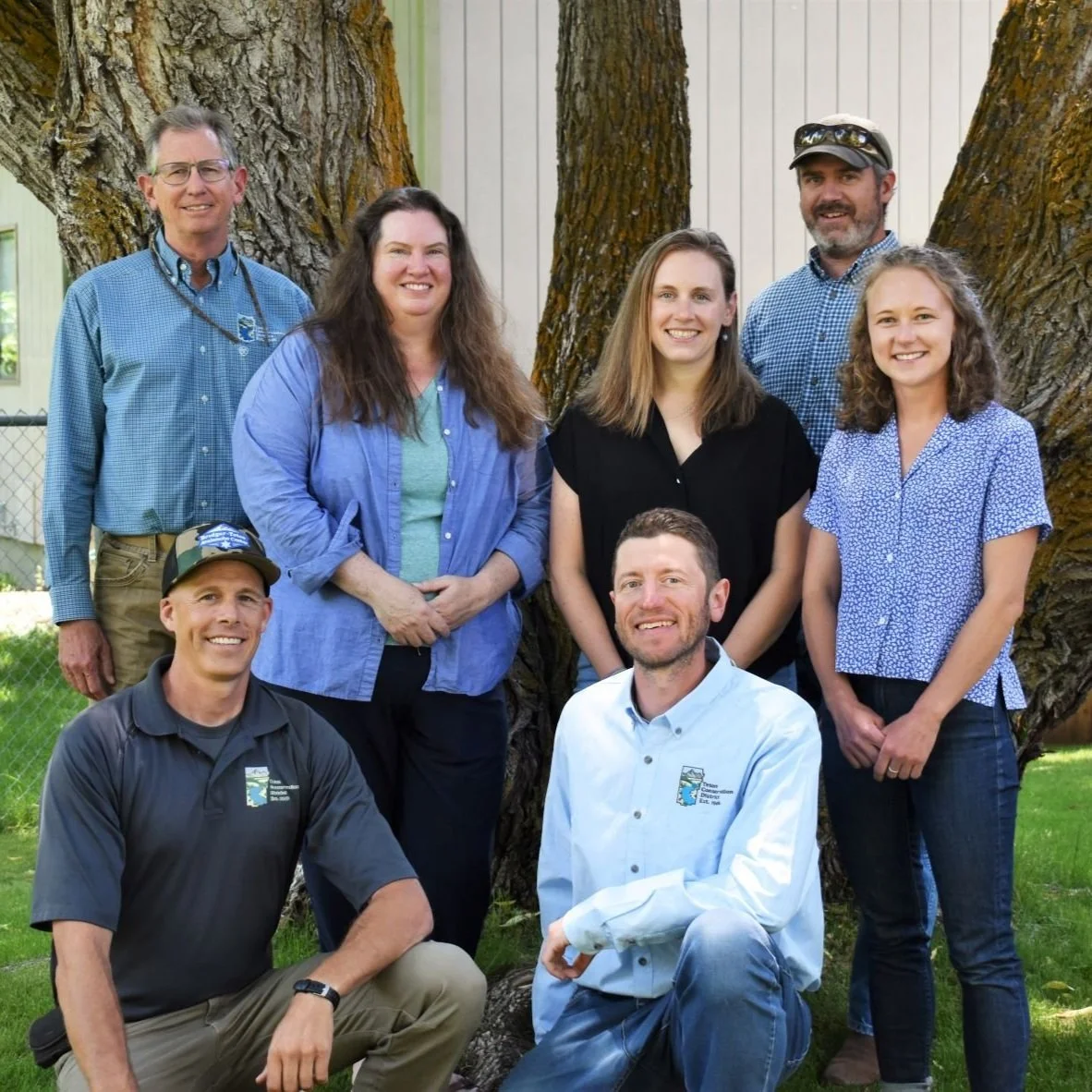Warmer water temperatures can impact fish survival, especially for native Snake River cutthroat trout. When water temperature hits 70⁰F Wyoming Game & Fish Department recommends that anglers stop catch and release fishing. Anglers who adjust their practices can help more fish survive the heat this summer.
Due to high temperatures and drought conditions across Wyoming, the state’s streams and rivers are flowing with less water and at a warmer temperature. Fish experience higher stress in oxygen-depleted warm water, which greatly hampers a fish’s ability to recover from the rigors of being caught.
The Wyoming Game & Fish Department asks anglers practicing catch and release to consider the following (these are not regulations—just recommendations to assist with the conservation of the fishery resource):
Fish early in the morning when water temperature is cooler.
Carry a thermometer to monitor the water temperature.
Play and land fish rapidly to reduce stress and exhaustion.
Keep the fish in the water as much as possible.
Do not squeeze the fish or place fingers in the gills.
Remove the hook gently. Barbless hooks allow easier hook removal. If hooked deeply, cut the leader.
If a fish is exhausted and cannot hold itself upright, and if regulations allow, consider having it for supper because the fish has a poor chance of surviving.
David Lee, Water Resources Specialist for Teton Conservation District, points out the thermometers available for anglers to borrow at the National Elk Refuge.
If you’re fishing Flat Creek on the National Elk Refuge, you can borrow a thermometer provided by Teton Conservation District. Find the red buckets of thermometers at both refuge entrances. You can contribute to citizen science by recording your observations in the notebook in the bucket. The observations of water temperature in Flat Creek can help anglers that come after you make good decisions about when to fish. Please return the thermometers when you’re done for the day. Thank you!





